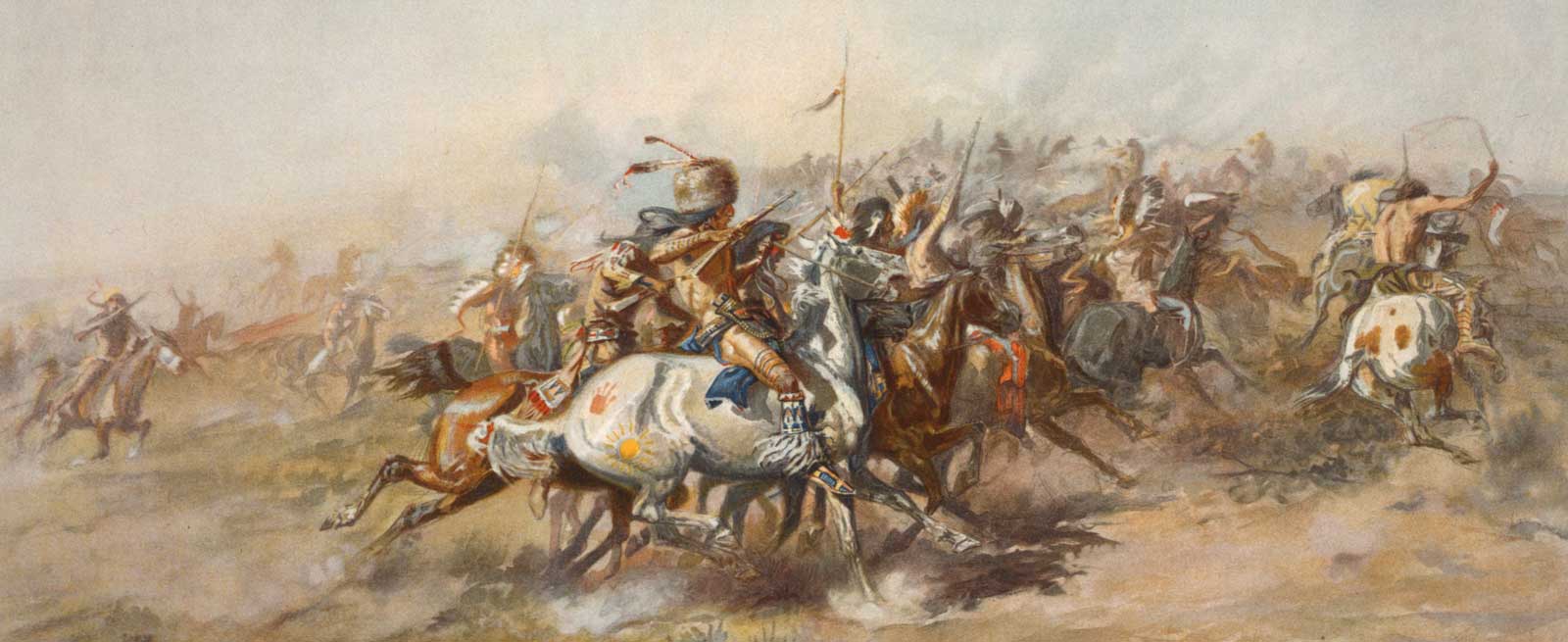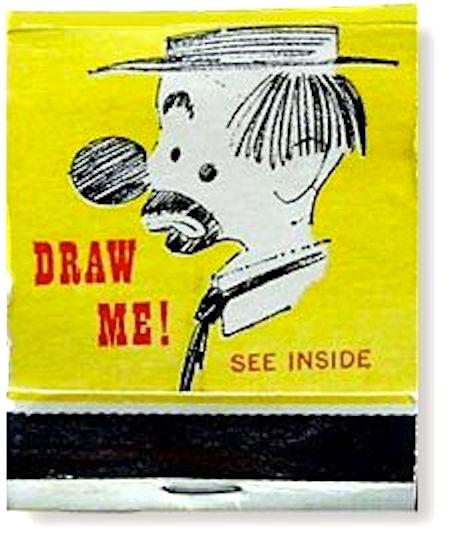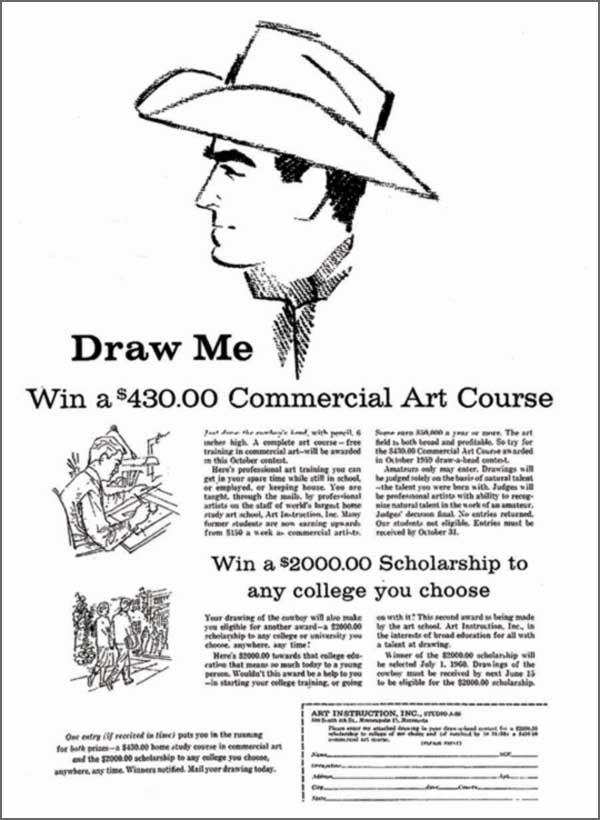Over 400 episodes of The Joy of Painting, a popular PBS-produced series featuring the art instruction of American painter Bob Ross (1942-1995) aired on North American TV stations from 1983-1994. By his own estimation, Ross completed more than thirty thousand paintings, many of them demonstrations of his ‘how-to’ paint alla-prima, the wet-on-wet technique in oil he learned from his mentor, Bill Alexander (1915-1997). Alexander preceded Ross with his own TV art instruction program, The Magic of Oil Painting which ran on PBS stations from February 18, 1974, to May 10, 1982. Ross not only studied under Alexander but adopted a similar structure to his TV program, completing a painting in each 30-minute session. Both artists emphasized landscape painting, and Ross is remembered for inserting “happy little trees” as a favorite compositional device.
Ross’ accepting, nonjudgmental worldview is reflected in a frequently repeated statement, “Everyone has inherent artistic talent and could become an accomplished artist given time.” This encouraging attitude came through in his calm, Mr. Rogers-like television persona which has seen a recent revival of interest starting in 2011 with the PBS documentary Bob Ross: The Happy Painter.

































